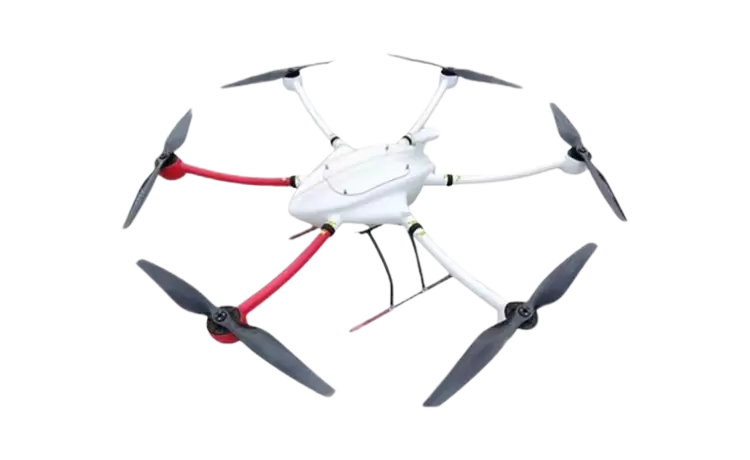Heat exchangers are critical components in various industrial processes, playing a vital role in energy efficiency and thermal management. However, like all mechanical systems, they have a finite useful life. Understanding the useful life of a heat exchanger is essential for optimizing performance, ensuring safety, and minimizing operational costs. In this article, we will delve into the factors influencing the lifespan of heat exchangers, maintenance practices that can extend their life, and strategies for timely replacement.
What is the Useful Life of a Heat Exchanger?
The useful life of a heat exchanger refers to the period during which it operates effectively and efficiently, maintaining its designed performance levels. This lifespan can vary significantly based on several factors, including the type of heat exchanger, operating conditions, and maintenance practices. Generally, the useful life of a heat exchanger can range from 10 to 30 years, but this is highly contingent upon the aforementioned factors.
Factors Influencing the Useful Life of Heat Exchangers
- Material Selection: The materials used in the construction of a heat exchanger significantly impact its durability. Common materials include stainless steel, carbon steel, and various alloys. Each material has its own resistance to corrosion, temperature fluctuations, and pressure variations. For instance, stainless steel is often preferred in corrosive environments due to its excellent resistance to oxidation and pitting.
- Operating Conditions: The environment in which a heat exchanger operates plays a crucial role in its lifespan. High temperatures, pressures, and aggressive fluids can accelerate wear and tear. For example, a heat exchanger operating in a petrochemical plant may experience more severe conditions than one in a HVAC system, leading to a shorter useful life.
- Fouling and Scaling: Over time, heat exchangers can accumulate deposits of scale, dirt, and other contaminants, which impede heat transfer efficiency and can lead to overheating and eventual failure. Regular cleaning and maintenance are essential to mitigate fouling and extend the useful life of the equipment.
- Thermal Cycling: Frequent temperature fluctuations can cause thermal stress, leading to material fatigue and failure. Understanding the thermal cycling patterns of your heat exchanger can help in designing a system that minimizes these stresses.
- Design and Configuration: The design of the heat exchanger, including its size, flow arrangement, and surface area, can also influence its lifespan. Properly designed systems that optimize flow and minimize dead zones are less prone to fouling and thermal stress.
Maintenance Practices to Extend Useful Life
- Regular Inspections: Implementing a routine inspection schedule can help identify potential issues before they escalate. Inspections should focus on checking for signs of corrosion, leaks, and fouling.
- Cleaning Protocols: Establishing effective cleaning protocols is vital for maintaining heat transfer efficiency. Depending on the application, cleaning methods may include chemical cleaning, hydroblasting, or mechanical cleaning.
- Monitoring Performance: Utilizing performance monitoring tools can provide real-time data on the heat exchanger’s efficiency. Key performance indicators (KPIs) such as temperature differentials and pressure drops can signal when maintenance is needed.
- Replacement of Components: In some cases, it may be more cost-effective to replace specific components of a heat exchanger rather than the entire unit. For example, replacing gaskets or seals can extend the life of the equipment significantly.
Replacement Strategies
When the useful life of a heat exchanger nears its end, it is crucial to have a replacement strategy in place. Here are some considerations:
- Lifecycle Cost Analysis: Conducting a lifecycle cost analysis can help determine whether to repair or replace a heat exchanger. This analysis should include initial costs, maintenance expenses, and potential downtime.
- Upgrading Technology: Newer heat exchanger technologies may offer improved efficiency and lower operational costs. Investing in advanced designs, such as plate heat exchangers or spiral heat exchangers, can yield significant long-term benefits.
- Planning for Downtime: Replacement can lead to operational downtime, which can be costly. Planning for replacement during scheduled maintenance periods can minimize disruptions.
- Sustainability Considerations: As industries move towards more sustainable practices, consider the environmental impact of replacing heat exchangers. Opting for energy-efficient models can contribute to reduced carbon footprints.
Conclusion
Understanding the useful life of a heat exchanger is crucial for maintaining operational efficiency and safety in industrial processes. By considering factors such as material selection, operating conditions, and maintenance practices, organizations can extend the lifespan of their heat exchangers. Additionally, having a well-thought-out replacement strategy ensures that businesses can continue to operate smoothly while minimizing costs and environmental impact. Investing in the right practices today will pay dividends in the longevity and performance of heat exchangers tomorrow.


More Stories
How to Choose the Right Multi-Rotor Drone Monitoring Solution for Your Business Needs
Defect Reduction in Aluminum Gravity Casting: X-Ray Inspection, Leak Testing, and Metallurgical Quality Control at Tiger Casting
Selecting the Right Mini PC Industrial i5 for Embedded Control, IoT, and Smart Manufacturing Applications